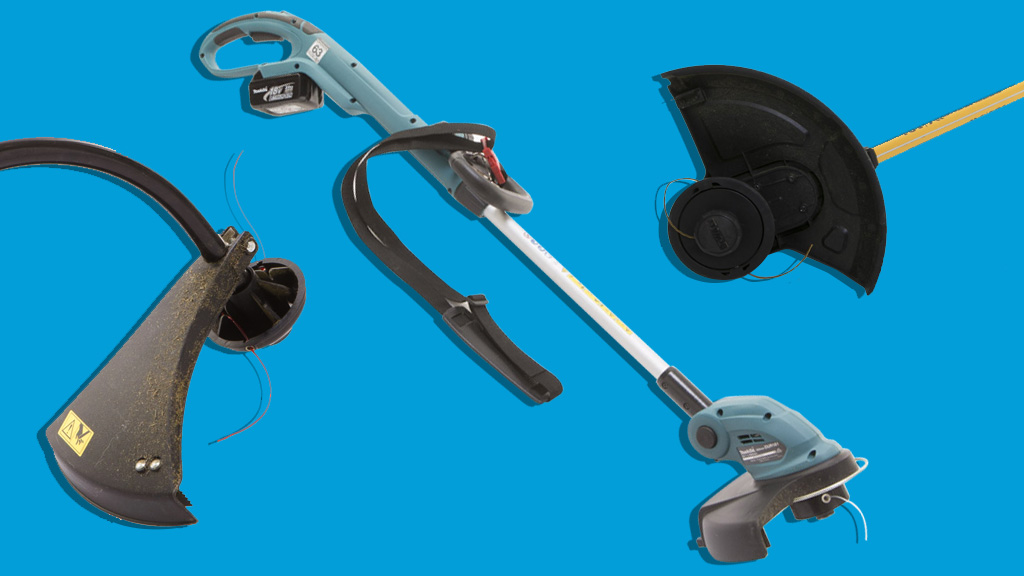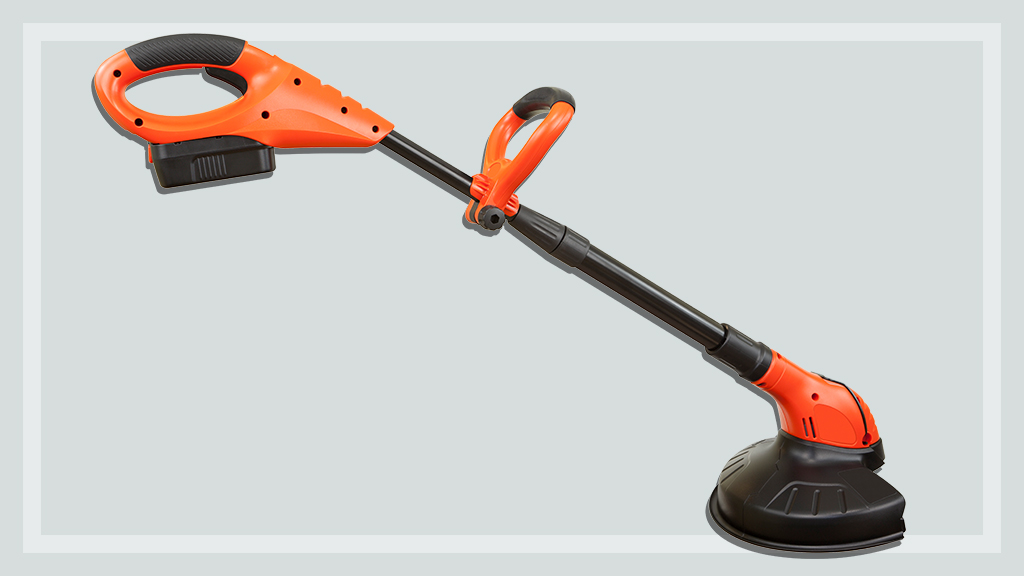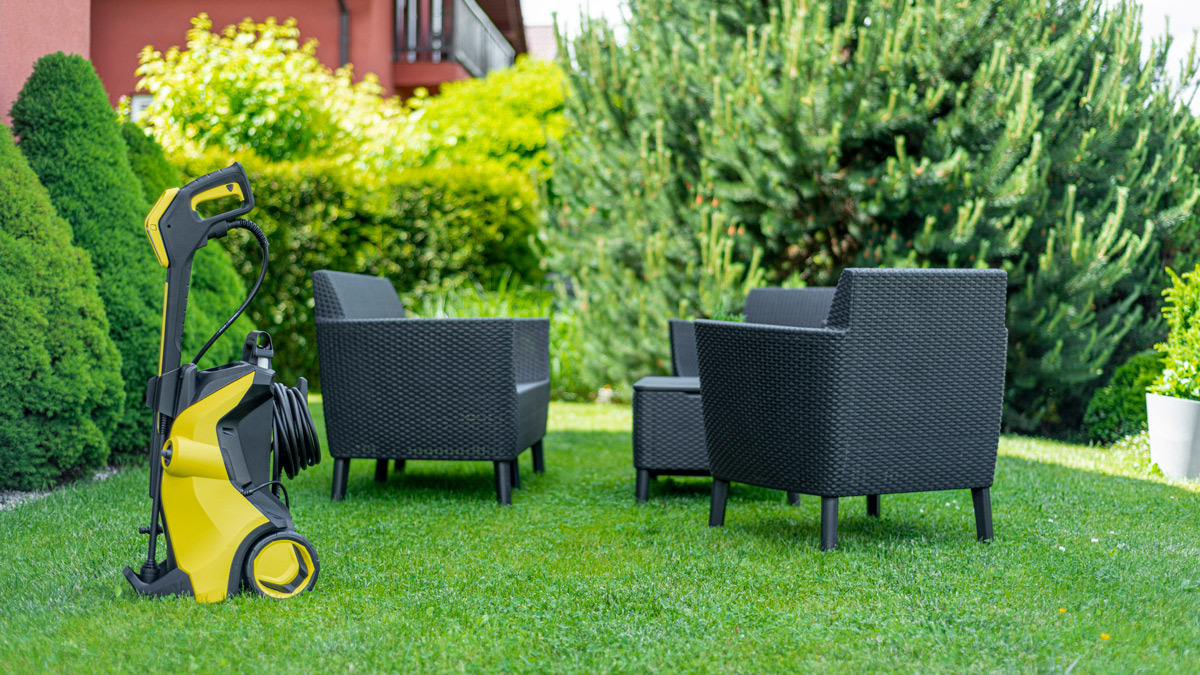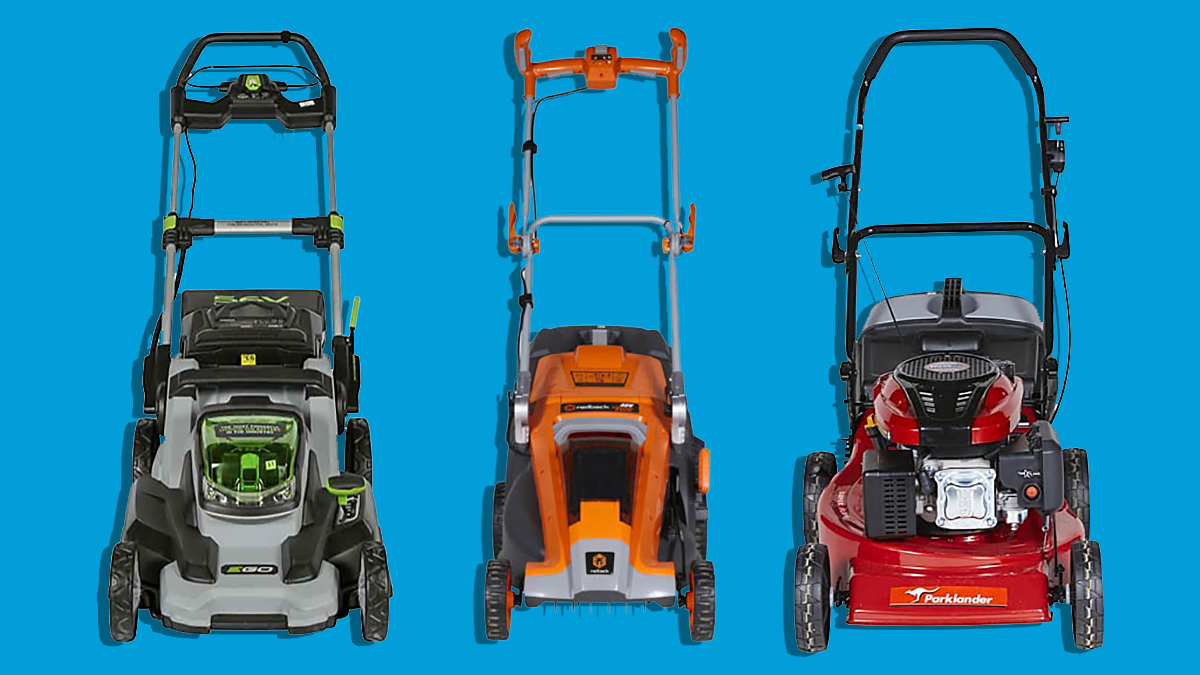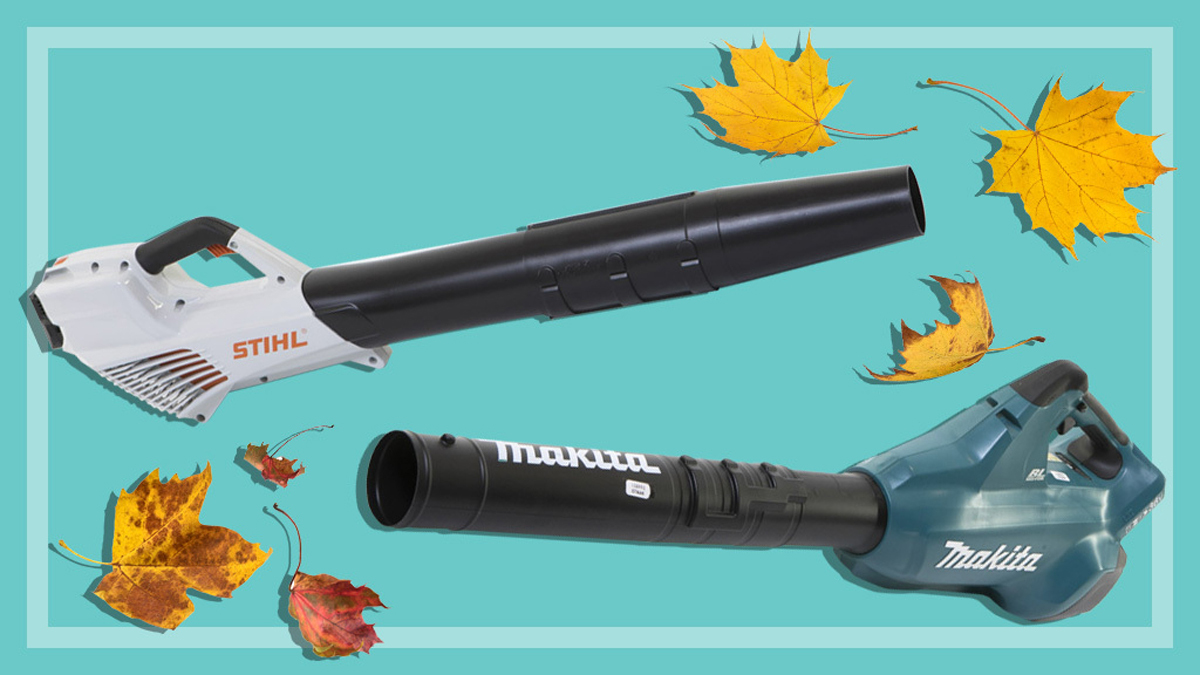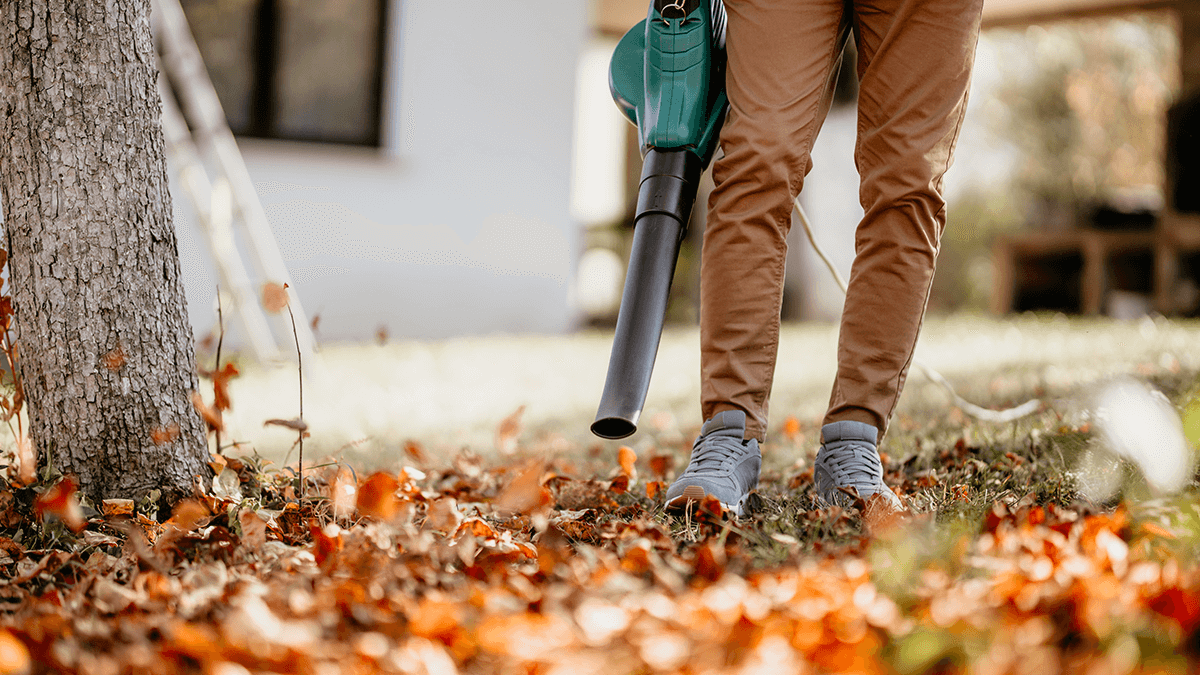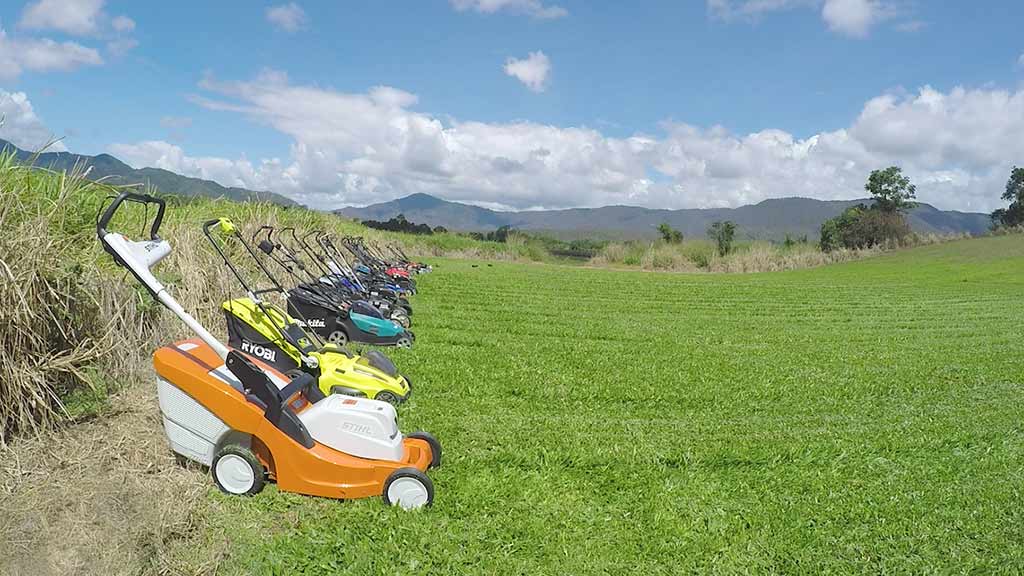How to buy the best line trimmer
Petrol or battery-powered: Which is right for your backyard?
Last updated: 11 Dec 2025
Need a hand with maintaining your yard? A line trimmer can be a great gardening tool that’ll help to give your yard a neat and tidy finish.
On this page:
What is a line trimmer?
Line trimmers – also known as whipper snippers, string trimmers, edge trimmers, lawn trimmers or weed whackers are a gardening tool predominantly used to cut grass edges. However, they can be more versatile than just providing precision-perfect lawn edges or garden borders. You can go crazy with horizontal trimming along fences and walls, cut wild patches of long grass down to size and even mow reasonable-sized areas of lawn.
Petrol line trimmers
Petrol models are the best choice for really big areas or for professionals, as you can refuel them quickly and they’re generally more powerful and therefore the most effective at cutting through swathes of long tough grass. Here’s what to consider when buying.
Straight or curved shaft?
Petrol trimmers with curved shafts tend to be more common in the domestic trimmer range. Straight-shaft petrol trimmers, often referred to as brush cutters, tend to be more powerful and heavy duty than curved-shaft models, and can also have a longer reach.
Other considerations
- A transparent fuel tank makes it easy to see when you’re running low on petrol; it also makes refueling easier as you can see when the tank is getting full.
- Most petrol models have two-stroke engines, which are still the most common type of small petrol engine; that means you’ll need to mix the fuel with oil. Two-stroke oil for the fuel mix can be bought at hardware and auto stores, mower shops and petrol stations.
- Four-stroke engines can be more convenient as they use straight unleaded petrol and emit less pollution too, but make sure to check and fill them with oil before first use or you risk damaging or completely destroying the motor.
- A clutch will stop the cutting head from spinning when the motor idles – this is safer while you’re moving between areas. On clutchless models the line continually rotates when the motor’s running so you’ll need to exercise caution if you walk around while it’s switched on.
- Think carefully about the size and shape of your lawn, the type of grass, and the sort of edges and obstacles it contains (paths, walls, garden beds, trees and so on), and choose the type of line trimmer most suitable for your application(s).
Cordless battery line trimmers
Cordless battery-powered models tend to have less cutting power than petrol trimmers but the gap is closing as battery technology improves, and they can be much more convenient for smaller yards. They’re easier to start than petrol models (there’s no pull-cord start, just a push of a button), safer as they don’t use flammable petrol, and also quieter.
Some cordless models’ motors are at the cutting head rather than the handle end. This means there’s no actual drive shaft, and the length of the shaft can often be adjusted.
What about corded electric trimmers? These require dragging an extension cord behind you, which is potentially dangerous, so they’re only suitable for a small backyard. They aren’t as popular now that cordless models have improved in performance, and our tests now focus on petrol and cordless models only.
Batteries
There are two numbers to consider when it comes to batteries:
- Voltage (V), which indicates the power of the battery. 18V batteries are common, but many models now come with batteries rated at 36V, 40V, 56V and even 82V. Our tests find that a higher voltage usually leads to better cutting performance.
- Capacity (amp hours or Ah) which indicates the relative running time; the bigger the capacity, the longer the running time. While a 1.5Ah or 2.0Ah battery is probably enough for a typical yard, look for larger capacities if you need longer running time.
Consider getting a spare battery; it can be handy if you have a larger yard that can’t be covered with one battery charge, or if you get out the trimmer only to realise you didn’t recharge it after the last use.
Battery ‘ecosystems’
Many manufacturers now produce battery systems, or families, where the same battery can be used in a variety of different tools, including your line trimmer. This is great, as it means you only need a couple of batteries for all your equipment, and as batteries tend to be the expensive part this will save you a lot of money as you can buy your line trimmer, cordless drill or impact wrench as just the tool, no battery.
It does, however, tend to lock you into a single brand – it no longer makes financial sense to buy tools from different brands as you then have to buy separate battery systems for each of them. So if you already have such a battery system you may find yourself only considering line trimmers from that manufacturer.
Conversely, if this is your first foray into cordless tools, think very carefully about the brand you go with as it will probably dictate or limit all future purchases of cordless tools to that same brand.
How much should I pay for a line trimmer?
Line trimmers typically cost around $200 to $300, but we’ve tested line trimmers that range in price from $59 to $1047. Sometimes battery line trimmers are sold “skin only“ or “baretool“, which means they don’t come with a battery system or batteries. Make sure you double check this, as you could be up for twice the cost you thought once you factor in batteries. The prices we display in our line trimmer review is for both the trimmer and batteries combined.
Features to look for
Safety guard
Mounted around the rear of the cutting head, this reduces the amount of debris flying around. Some guards can limit your view of what you’re cutting, and even with a safety guard fitted you still require eye protection. All the models we’ve tested have safety guards.
Line length-limiting blade
Many models have a small blade mounted on the safety guard that cuts the trimming line off at the correct length (any models that don’t have this usually have blades instead of a line, so they don’t need the line-length limiter). An over-long line can overload the motor.
Shoulder harness
A harness that clips onto the shaft supports the trimmer’s weight, making it more comfortable for extended use, and allowing for bullhorn-style handles. It’s usually an optional extra, but it’s not available with all trimmers.
Line-feed system
Line trimmers use a spool of thick nylon line that spins extremely fast to cut through weeds and grass. Typically two ends protrude from the spool head and perform the actual cutting. The line will occasionally break as it wears out or hits a rock or other hard item, requiring more line to be fed out from the spool.
Found on most trimmers, the “bump feed” system is easy to use – simply tap the cutting head on the ground when you need more line to feed out. An automatic system sends out more cutting line when it gets too short, while a manual feed requires you to turn off the trimmer and pull or unwind the line inside the head (which may sometimes be necessary even with bump or automatic feed, if the line gets tangled).
Rotating head
A cutting head that can be positioned horizontally for grass cutting or vertically for edging. Without this feature, you’ll need to turn the whole tool for vertical trimming, which can be less convenient and lead to petrol trimmers stalling as the fuel pickup is now at the top, not the bottom of the tank.
Edging guide
If you are looking for super straight edges for your paths and garden beds, look for a model with an edging guide.
Spool type
Fitting new cutting line (re-spooling) can be one of the fiddliest tasks when it comes to using a line trimmer. A trimmer with a single cutting line is easier to re-spool than one with twin lines, though the latter can give better cutting performance.
While most line trimmers use flexible nylon line to avoid damage when trimming around trees or fences, some can be fitted with plastic or metal blades, for use as a brush cutter in heavier scrub.
Cutting diameter
A wide diameter is useful if you want to trim open areas. Petrol line trimmers usually have a wider diameter than the cordless and electric models.
Handles
Most models we tested have an adjustable handle that can be rotated on the shaft when you turn the trimmer over, to change from horizontal trimming to vertical edging (on some models, the cutting head can be rotated instead for the same purpose).
Accessories
Adjusting tools such as a spanner are often included as standard. Some trimmers have other accessories (usually as optional extras), such as brush-cutting blades or extra edging heads.
Related
Denis Gallagher is a Senior project officer for Digital home products and also works on test projects for the laundry and fridge labs. He produces tests for gadgets, phones, cameras and home entertainment gear as well as TVs, washing machines, dishwashers and fridges.
Previously at CHOICE, Denis worked as a Content producer for digital products. Prior to CHOICE, Denis worked as an Assistant editor on Golf Australia magazine and Editor for Multimedia and Videocamera magazine.
Denis has a Bachelor of Arts from the University of New South Wales and a Diploma of Journalism from Macleay College. LinkedIn
Denis Gallagher is a Senior project officer for Digital home products and also works on test projects for the laundry and fridge labs. He produces tests for gadgets, phones, cameras and home entertainment gear as well as TVs, washing machines, dishwashers and fridges.
Previously at CHOICE, Denis worked as a Content producer for digital products. Prior to CHOICE, Denis worked as an Assistant editor on Golf Australia magazine and Editor for Multimedia and Videocamera magazine.
Denis has a Bachelor of Arts from the University of New South Wales and a Diploma of Journalism from Macleay College. LinkedIn

